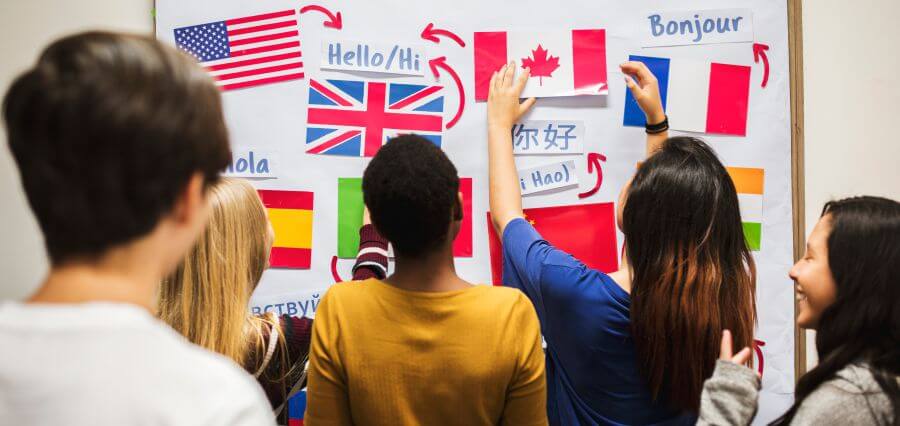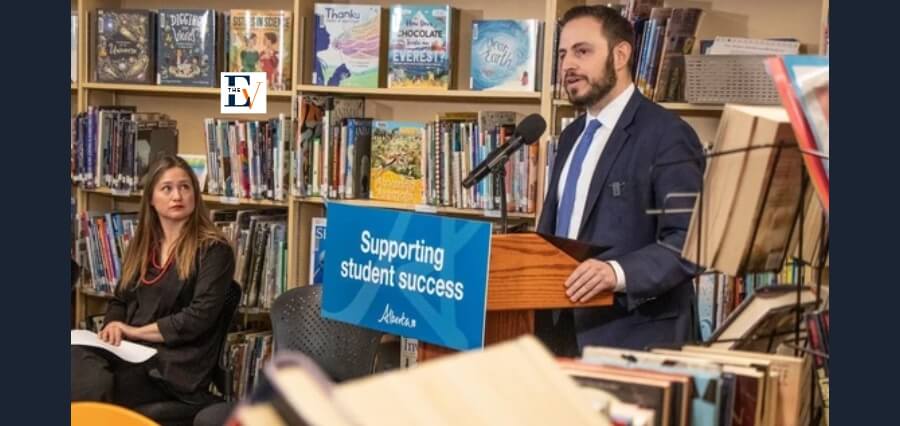In recent years, there has been a noticeable surge in the importance and popularity of multilingual education across the Middle East. This trend represents a significant shift in the region’s approach to language learning and holds immense implications for its future socio-economic and cultural domains.
The correlation between the rise in multilingual education and what can be termed a ‘language learning renaissance’ signifies a broader recognition of the critical role language proficiency plays in today’s interconnected world.
This article aims to delve into the multifaceted importance of this trend, exploring its implications for individuals, societies and the region as a whole!
Understanding the Multilingual Education Trend
The Middle East is characterized by its rich linguistic diversity. It has historically been home to numerous languages, including Arabic, Persian, Turkish, Kurdish, and many others.
However, the dominance of Arabic as the primary language of instruction and communication in most educational systems has often limited opportunities for proficiency in other languages. The recent rise in multilingual education represents a departure from this traditional paradigm, as more institutions recognize the value of equipping students with proficiency in multiple languages.
Implications for Individuals
For individuals, the ability to communicate effectively in multiple languages opens doors to a myriad of opportunities. In an increasingly globalized world, multilingualism is a necessity.
Proficiency in multiple languages enhances employability, facilitates cross-cultural communication and provides access to a broader range of academic and professional opportunities. Moreover, research has shown that bilingualism and multilingualism can have cognitive benefits, such as improved problem-solving skills and enhanced creativity.
Societal Impact
At the societal level, the rise in multilingual education fosters greater inclusivity and intercultural understanding. By promoting linguistic diversity within educational institutions, societies can celebrate their rich heritage while also embracing the diversity of languages spoken within their borders.
This, in turn, contributes to social cohesion and harmony, as individuals from different linguistic backgrounds come together in pursuit of common goals. Furthermore, multilingual societies are better equipped to engage in global trade, diplomacy and cultural exchange, enhancing their standing on the world stage.
Economic Advantages
From an economic perspective, multilingualism confers numerous advantages. In today’s global marketplace, businesses that operate across borders require employees who can communicate fluently in multiple languages. Multilingual individuals are often better positioned to negotiate international deals, navigate diverse cultural contexts and tap into new markets.
Moreover, multilingualism can drive innovation and entrepreneurship, as individuals with proficiency in multiple languages are more adept at identifying and capitalizing on emerging trends and opportunities.
Educational Policies and Initiatives
The rise in multilingual education is also reflected in the policies and initiatives adopted by governments and educational institutions across the Middle East. Many countries have implemented bilingual or multilingual education programs aimed at promoting proficiency in both Arabic and other languages such as English, French, or Mandarin.
Additionally, there has been a growing emphasis on the importance of language immersion programs, language exchange initiatives and partnerships with international educational institutions to facilitate language learning.
Challenges and Opportunities
Despite the undeniable benefits of multilingual education, challenges remain. Ensuring equitable access to language learning opportunities, particularly for marginalized communities, is essential to avoid exacerbating existing disparities.
Additionally, the quality of language instruction and the availability of qualified teachers can vary significantly across different regions and educational institutions. Addressing these challenges requires sustained investment in teacher training, curriculum development and infrastructure improvement.
Conclusion
The rise in multilingual education represents a significant paradigm shift in the Middle East, with far-reaching implications for individuals, societies and economies. Embracing linguistic diversity and promoting proficiency in multiple languages enhances individual opportunities while also fostering social cohesion, driving economic growth and positioning the region as a global hub for intercultural exchange and collaboration.
Looking ahead, the importance of multilingual education in the Middle East is poised to grow further. As globalization accelerates and the region becomes increasingly integrated into the global economy, proficiency in multiple languages will become even more critical for success.
Moreover, advancements in technology, such as online language learning platforms and artificial intelligence-driven language instruction, hold the promise of making language learning more accessible and efficient than ever before. By embracing these trends and investing in multilingual education, the Middle East can position itself as a leader in language proficiency and intercultural competence on the world stage.






